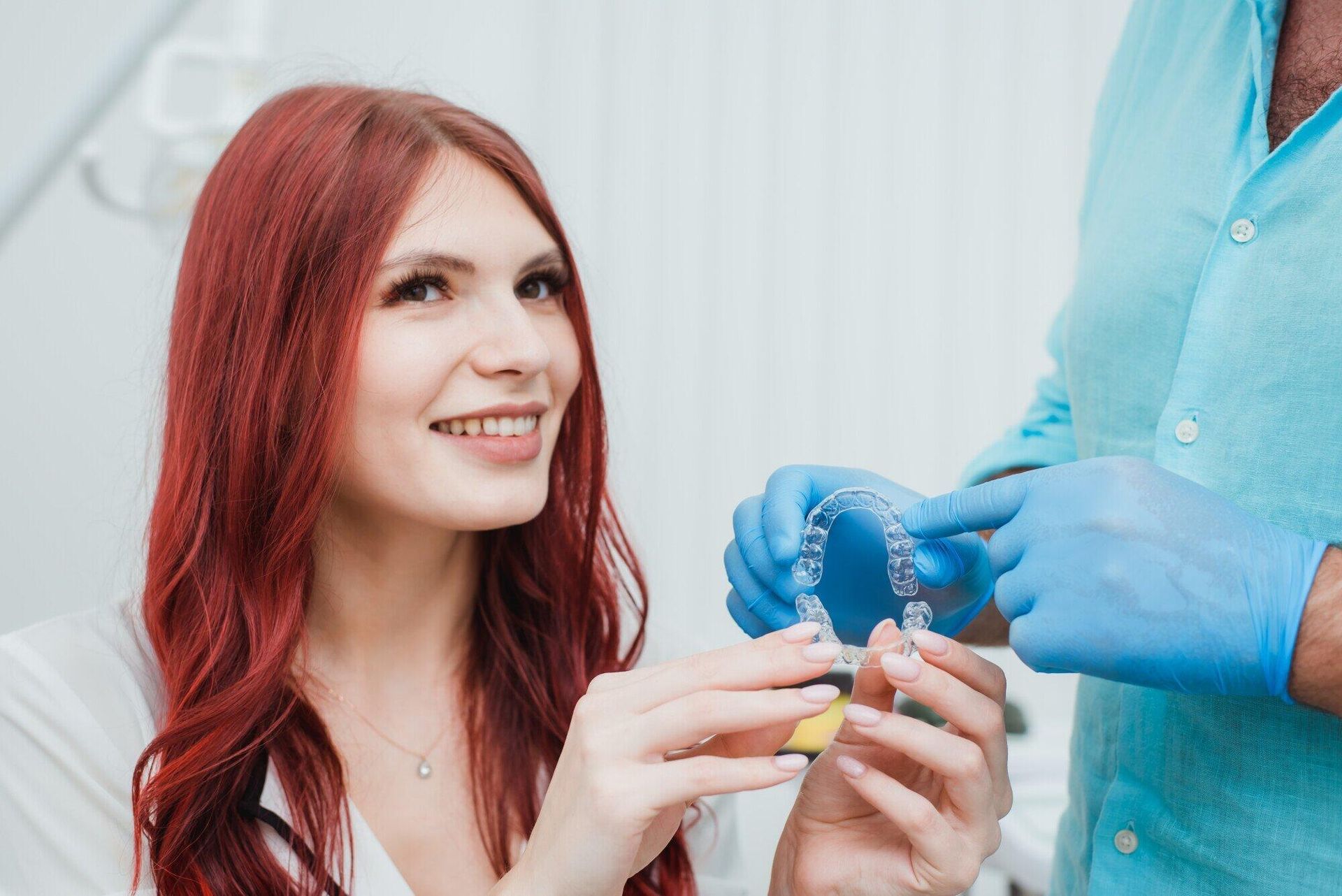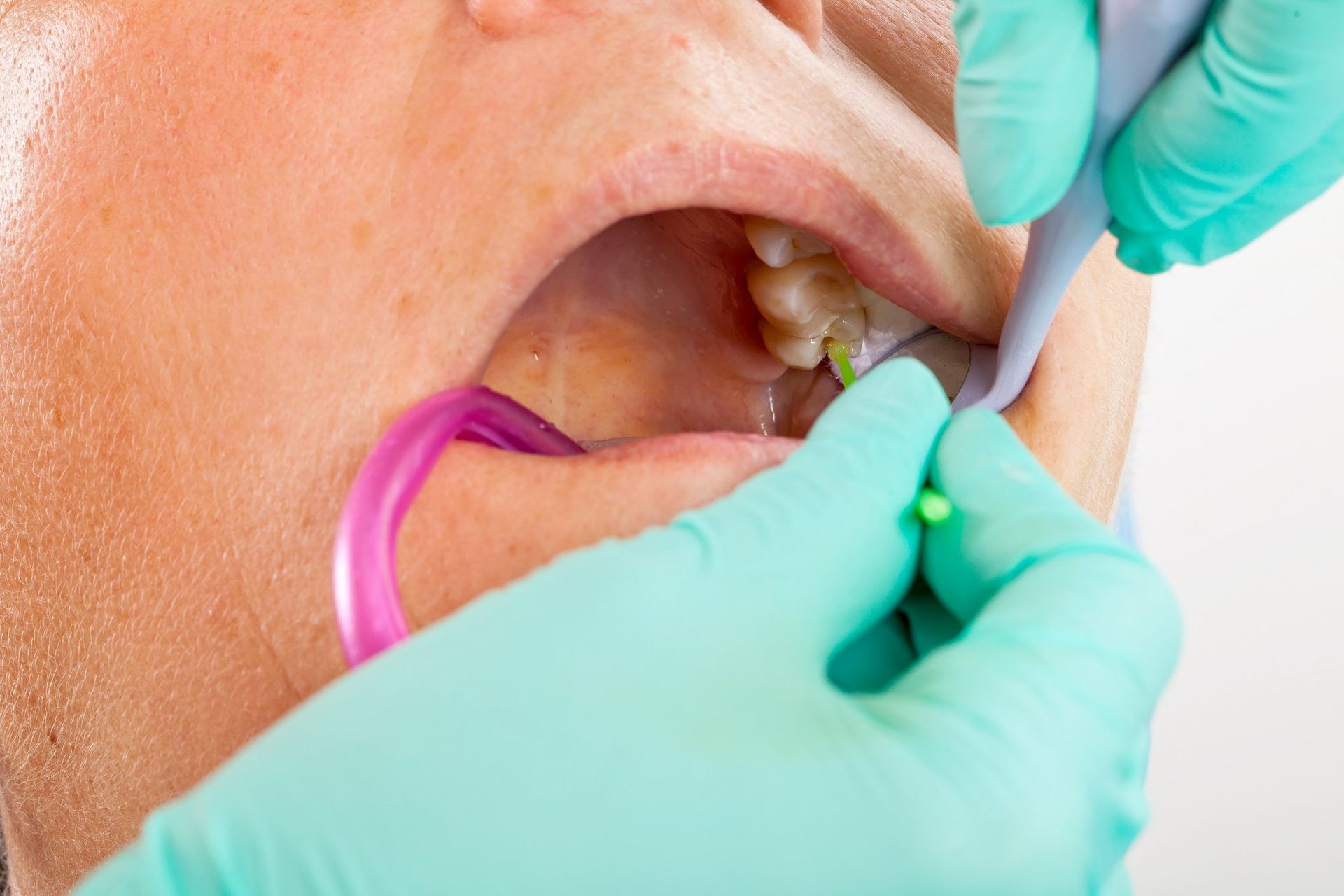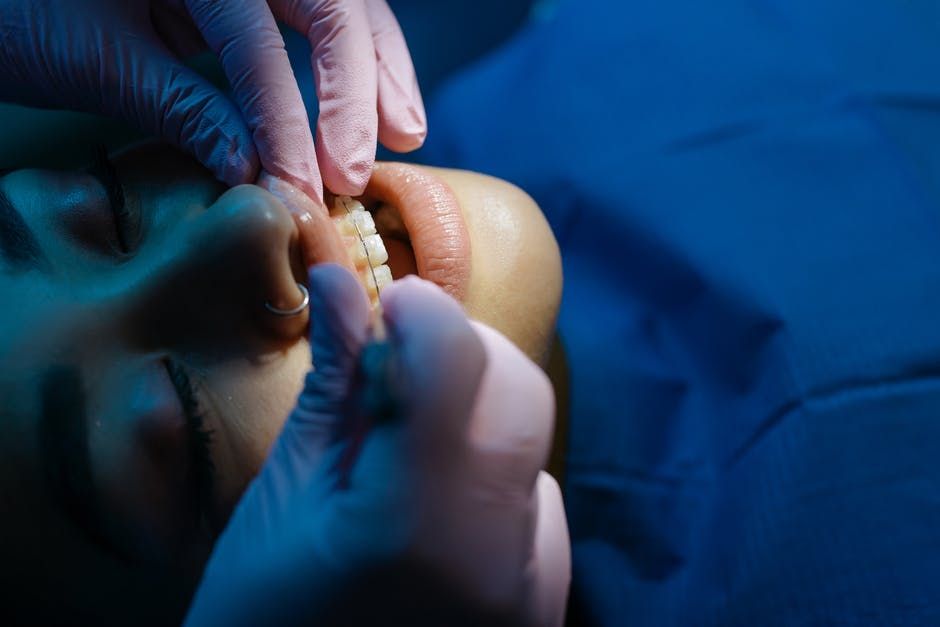Root Canals 101: A Guide to the Purpose and Procedure
If you're one of the 10-20% of adults with high dental anxiety, there's probably one procedure you dread above all others: a root canal.
Root canals have gotten a bad rap in recent decades for being long and painful procedures. And it's true that in the early days of dentistry, that reputation was well-deserved. Root canals could once be excruciating, especially without modern anesthesia to soften the blow.
However, today's root canals are not much more invasive than the average cavity filling, and the steps of the procedure are very similar.
If you fear a root canal and you're worried about visiting a dentist to ease your pain, don't be! Understanding the purpose and procedure of root canals can be a great help. Here's what you need to know.
What Is a Root Canal?
Technically, a root canal is a tunnel in the root of your tooth, or the part of the tooth that grows underneath your gums.
However, nowadays we use the term "root canal" to describe a therapy that cleans out this canal.
A modern root canal is a type of dental procedure. During this procedure, a dentist drills into the crown of a tooth to remove its pulp, or the soft inside of the tooth. This inner portion includes connective tissue, nerves, and blood vessels.
Note that the nerves are what allow your teeth to sense pressure and pain. After a root canal, you will no longer feel pain in that tooth. For a fully developed tooth, this often makes little difference.
Who Needs a Root Canal?
Why would someone need a dentist to remove the inside of their teeth? Let's briefly cover the purpose of a root canal.
Addressing Tooth Pain
Root canals often become necessary to address severe tooth pain. This pain can happen when the inner pulp of the tooth becomes inflamed, infected, or otherwise injured. Getting rid of the damaged pulp is often the best way to save the majority of the tooth, thus avoiding more invasive procedures like dental implants.
Removing Decay
Often, the damage to the inner pulp of a tooth happens due to decay. When a cavity isn't treated fast enough, its slow spread may cause major decay throughout the tooth. To prevent further spread, a dentist will perform a root canal.
Healing Injuries
Root canals may also be the best solution after a tooth has suffered some sort of injury or trauma. Cracked or chipped teeth may require a root canal to address problems within the pulp. Sometimes, an internal injury can happen even if there's no visible damage to the tooth.
Tackling Multiple Procedures
If there are multiple issues with a single tooth, a root canal may be the most straightforward way to address all of the problems at once. This may happen when there are two or more different areas of decay across the tooth, for example, or when a tooth is both infected and injured.
Root Canal Procedure
Now that you're aware of the general root canal purpose, it's important to know what happens during this type of dental therapy. There are a few steps to a root canal procedure:
1. Local Anesthetic
First, the dentist will give a patient a local anesthetic around the gums near the tooth in question. This will ensure that they don't feel pain or discomfort during the procedure. The patient remains awake during the procedure.
At this time, they will also place a dental dam around the tooth. This is a rubbery square of material that isolates the tooth and keeps it dry during the treatment.
2. Drilling a Hole
After the anesthesia has had time to work, the dentist will drill a tiny access hole on the crown of the tooth. This provides an opening through which they can pull diseased or damaged pulp.
3. Cleaning the Root Canal
Next, the dentist will begin removing the pulp. To do this, they'll use specialized tools called files. This allows them to clean the inside of the tooth in its entirety, including the canals at the bottom of the teeth.
They may also use an irrigation solution to help them clean the area inside the tooth. In addition, the dentist will disinfect the area and use an antibiotic to address infection.
4. Filling the Root Canal
Once all of the pulp is gone, it's time to fill the inside of the tooth.
To do this, the dentist will often use a special type of dental filling. Unlike the permanent dental fillings you may be familiar with for cavities, this filling will be softer. Called gutta-percha, this material is rubbery and designed to be temporary.
5. Check-Up
Some time after the first procedure, a patient will see the dentist for a follow-up appointment.
This gives the dentist a chance to be sure that there's no lingering infection in or around the tooth. Once they have confirmed this, they'll remove the softer filling and replace it with a permanent filling for better protection. They may also place a crown over the tooth as well.
Root Canal Recovery
Like any other dental procedure, you can expect to feel slight discomfort, swelling, or sensitivity once the anesthetic has worn off. You can manage this with over-the-counter painkillers. For a few hours after the procedure, make sure to eat only soft foods that don't require a lot of chewing.
In the long-term, a root canal can help to preserve your tooth for the rest of your life. As long as you invest time in your oral hygiene, you can preserve this dental filling for decades to come.
Visit a Root Canals Dentist
Still worried about an upcoming root canal? If you have tooth pain and you're dreading a visit to the dentist, we'd love to help.
Here at the Dental & Implant Center of Edgewater, our goal is to offer effective and comfortable procedures to every patient. Our team has a wealth of experience providing compassionate care via root canal therapy, and we'd be happy to treat your pain. To reach out with questions or to make an appointment, contact us today.











